Size: Single plant (10 leaves) | Pot Included | Free Shipping
Variegated Philodendron Billietiae Care
Ideal Soil Type
Proper watering and moisture levels are a must. Using well-draining soil with peat, perlite, vermiculite, and an airy texture works best. Lomi by Pela can also help you break down wastes and turn them into nutrient-rich dirt. Soils rich in organic matter and well-draining soil options can help ensure good moisture balance control.
Lomi allows you to turn food waste into plant-ready nutrients in under 24 hours. Boost your plants while reducing your waste.
Lighting Needs
Your philodendron billietiae can’t tolerate direct sunlight. Bright, indirect light will be best, as too much intense sun and heat can cause the beautiful leaves to become scorched. They will turn brown, yellow, or fall off completely.
Drainage Needs
As plant roots grow in and out of the soil, good drainage is a must. This variety is particularly susceptible to root rot and other issues related to overwatering. So, avoiding issues before they start is the best option overall.
Pot Size
The size of the pot will directly impact the growth and health of your plant. Smaller pots will keep your plant from getting too big by restricting root growth. However, if the roots get too compacted in a small pot, the plant will start to wilt and fade.
Watering Needs
This plant thrives in moist soil and should not be allowed to dry to the point the leaves wilt. However, Soggy soil is not good either as the long-term exposure to water can damage the roots and cause root rot to set in and kill the plant quickly.
Temperature Range
The recommended temps fall between 65 F – 80 F for day and between 55 F and 65 F. at night. It will not tolerate anything close to freezing temperatures as it is a tropical plant and should never be exposed to any lower than 50-55 F.
Humidity Needs
Indoors these plants need humidity and will thrive in average to high humidity. Humidifiers or a pebble tray with water set near the plant pot will increase humidity levels. This is important indoors because heating and air conditioning will dry the air.
Fertilizer
As a foliage plant, the philodendrons need a lot of nitrogen fertilizers. You can add slow-release fertilizer every 2-3 months. A foliage plant fertilizer can be mixed in water, diluted to half strength, and used every 4-6 weeks, so a plant absorbs it slowly.
Following these basic care tips can help ensure your plant is healthy and strong to resist common plant diseases and other issues. Of course, mature plant specimens need more space and water, and the taller plants will need more care and attention to ensure the plant grows healthy and strong. Your plant will appreciate close adherence to these care basics, from healthy leaves and mature leaves to healthy roots and strong roots.
How to Grow Philodendron Billietiae Indoors
These plants can be fairly slow in their growth compared to other common houseplants, but their growing season can be pretty active during the warmer months. Like other plants in the philodendron genus, these plants thrive in an environment where they can spread their leaves and roots.
In their native habitat of tropical rainforests, they will grow trees and other environmental features. Aerial roots will form at a leaf node and help the plant anchor itself and absorb nutrients and moisture. Indoors, you need to duplicate that same environment. Indirect rather than direct sunlight is best, and you should avoid putting the plant directly in drafty areas where the air conditioner or heater will impact it. Following the tips outlined here will ensure you have great success.
Propagating Philodendron Billietiae
At times with philodendron billietiae care, you may want to try propagating your plant so you can get more of them to enjoy. You can use two methods to propagate your philodendron plants — stem cuttings and air layering.
Stem cuttings involve removing a part of the stem that includes at last 1-2 leaves and some aerial roots. The cuttings can be placed in a new pot and grown as a separate plant identical to the original plant.
The air layering process involves removing the part in a small stem area. You will then wrap the area with sphagnum or peat moss and keep it moist so roots will begin to form. Once the plant’s roots are visible, you can cut away and pot it up like normal.
No matter how you go about propagation, it is important to remember the plant’s sap can be toxic. Wearing gloves and washing your hands afterward is a must. It is the best way to avoid accidental ingestion and skin allergies
Growing cuttings and new plants in lower indirect light can help avoid extra stress as the plants become established and grow new and healthy leaves. The mother plant’s wound should heal quickly from where the new plant was removed.
It is still worth watching for the first week to make sure no rot or other issues arise. Using a rooting hormone compound for both methods can ensure rapid rooting of this rare philodendron and greater success with your propagation attempts.
Only logged in customers who have purchased this product may leave a review.

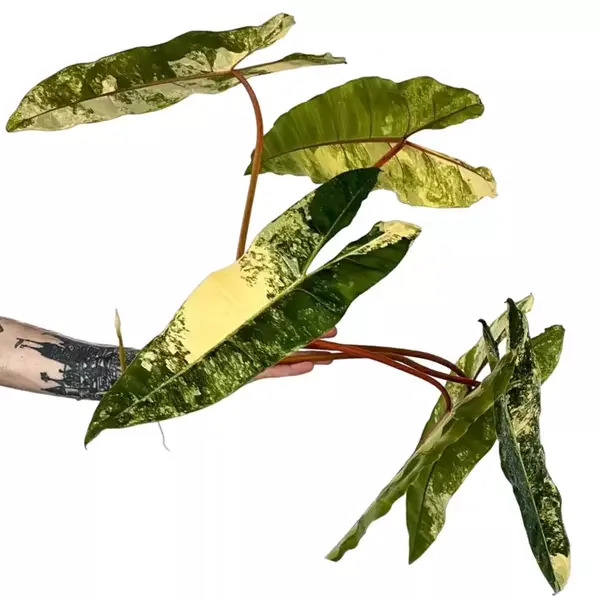

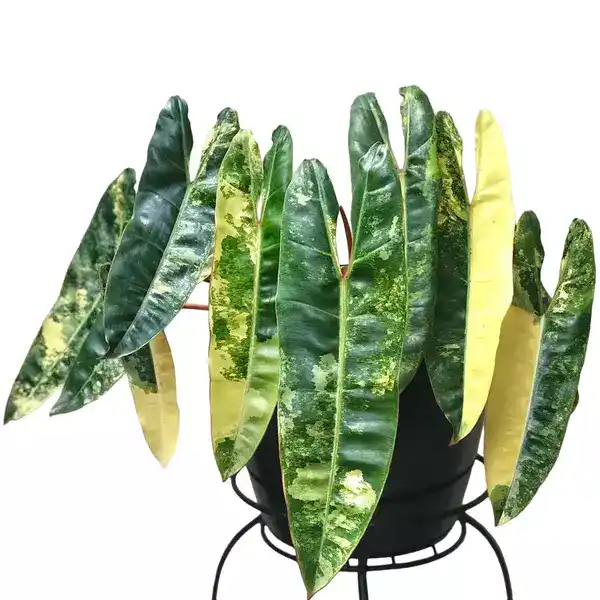

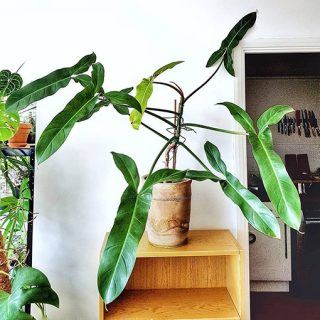
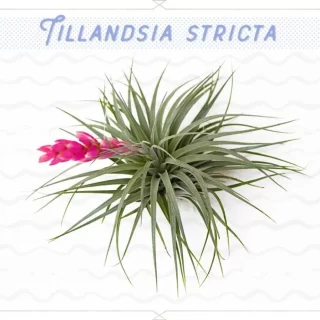
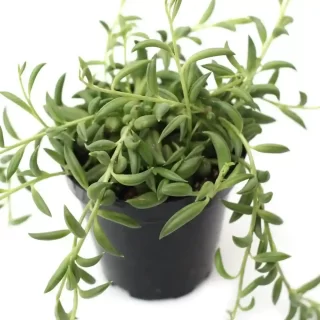
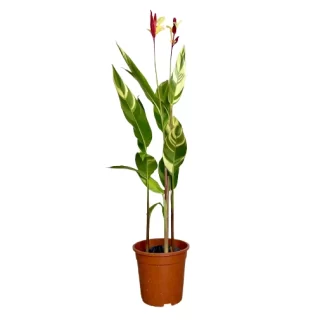
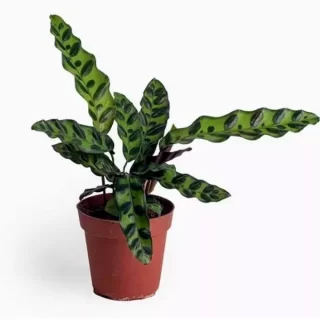
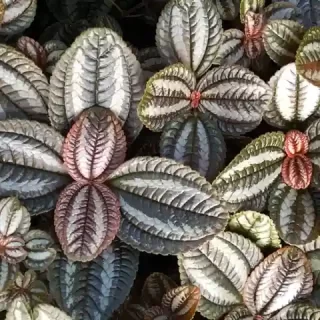
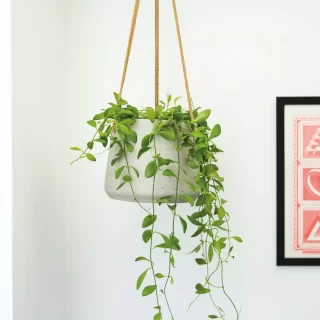
 If you need any assistance, I'm always here. Have you found what you were looking for?
If you need any assistance, I'm always here. Have you found what you were looking for?
Reviews
There are no reviews yet.